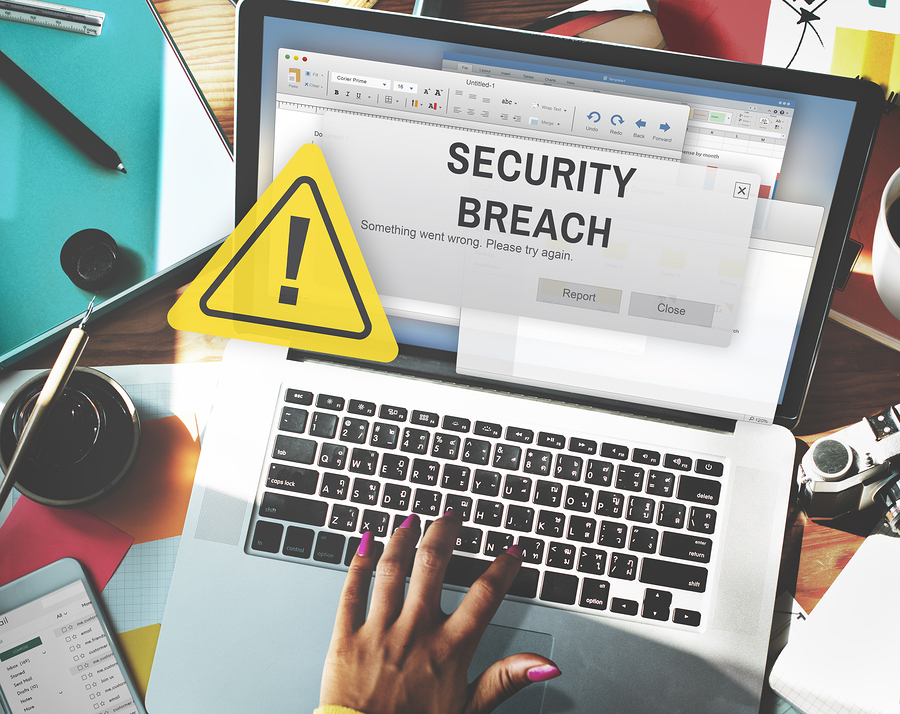The virtues of strong enduser device controls


used with permission from Tech@FTC
by Ashkan Soltani
Strong end-user privacy and security controls, such as device encryption and firmware passwords, not only protect personal information from unwanted access – they can also make it easier to recover lost or stolen devices as well.
Last month, I had the misfortune of having a personal laptop stolen.
Fortunately for me, while I was a bit bummed about losing my two-year-old laptop, I backup regularly and always enable disk encryption which is an important step to protect the information stored on the hard-disk from unwanted access by criminals, employers, or other actors (with the exception of very sophisticated adversaries).
In addition to disk encryption, I had also set a firmware password(link is external), which is an end-user control that essentially prevents the machine from being booted up or reset without knowing the password. Essentially, whereas disk encryption protects information stored on the device, firmware passwords protect the actual hardware.
Firmware (or hardware) passwords aren’t just an Apple thing. Many laptops and mobile devices allow users to set passwords that prevent the device from being used (or reset) without it. For example, most PCs allow users to setBIOS passwords(link is external) which prevent modification of PC settings (including settings that allow users to reset/reinstall the operating system). Some states(link is external) have even begun requiring anti-theft features in smartphones to prevent their use after theft and Congress is also considering similar laws. Overall, these measures have been reported to cause a reduction in smartphone thefts.(link is external)
Fast forward to a few weeks later, when I received an email to my personal account notifying me of an upcoming Apple Genius Bar visit. I was initially confused by the email but soon realized that it’s probably the thief (or the undiscerning buyer) of my laptop trying to take it into Apple for repair – likely because they’re unable to use it without knowing the firmware password I set.
I immediately began calling local law enforcement and the nearby Apple stores notifying them of the theft and this development. After a few phone calls and the help of a fantastic Sergeant in the Local Crimes Unit of the Sacramento Police department, I was able to coordinate an agreement whereby Apple would notify law enforcement if the new user brought the machine in for repair. After an initial disappointment on account of the suspect skipping his Genius Bar reservation, a representative from Apple Customer Relations notified me that the device was brought into another store and they were coordinating with Sacramento Police Department to return it to me. I’m unclear as to whether they were able to track down the original thief.
In the end, strong end-user controls like device encryption and firmware passwords not only protect sensitive info stored on the device, they also prevent criminals from utilizing stolen property. The more devices feature strong end-user controls, the less likely thieves can profit from their theft on the open market.
The author’s views are his or her own, and do not necessarily represent the views of the Commission or any Commissioner.
Recent Posts
Secure Manufacturing: Protecting Your Business in a Digital Age
Discover how manufacturers can protect their operations, intellectual property, and sensitive data from cyber threats…
Elevate Your Business with eCare SEO & Digital Marketing Services
Discover how eCare SEO & Digital Marketing can help your business thrive online with expert…
Safe and Connected: Strengthening Your Wi-Fi Security with WatchGuard
Discover how WatchGuard Wi-Fi solutions enhance your business security and productivity with cutting-edge technology.
Protecting Every Device: A Guide to Endpoint Security
Discover how endpoint security solutions protect devices from cyber threats, ensuring data safety in the…
Enhance Your Business Network with eCare Network Management
Discover how eCare Network Management can optimize, secure, and monitor your IT infrastructure 24/7, freeing…
Strengthening Your First Line of Defense with MXINSPECT Security Awareness Training
Discover how MXINSPECT Security Awareness Training can fortify your organization against cyber threats.

